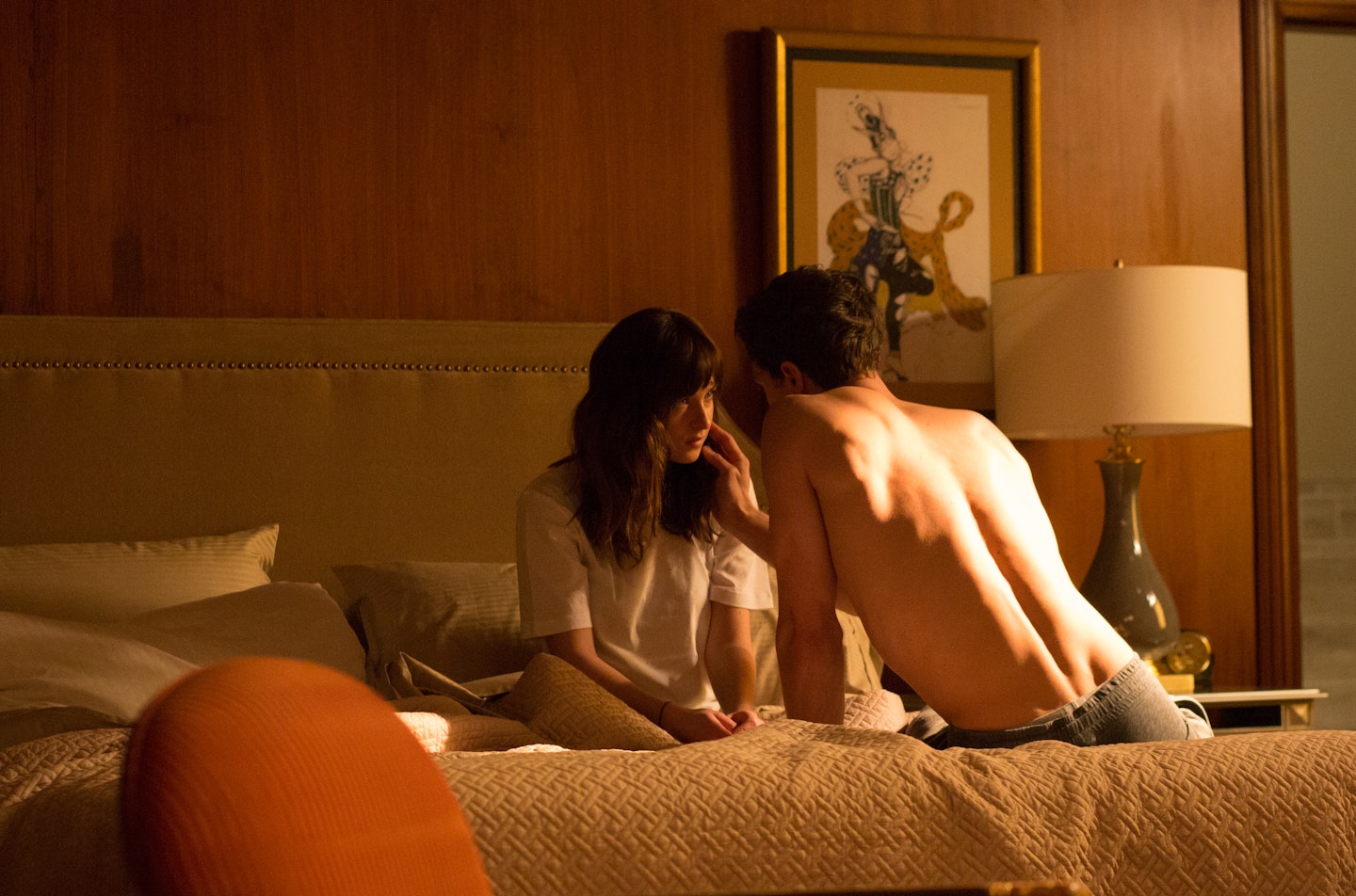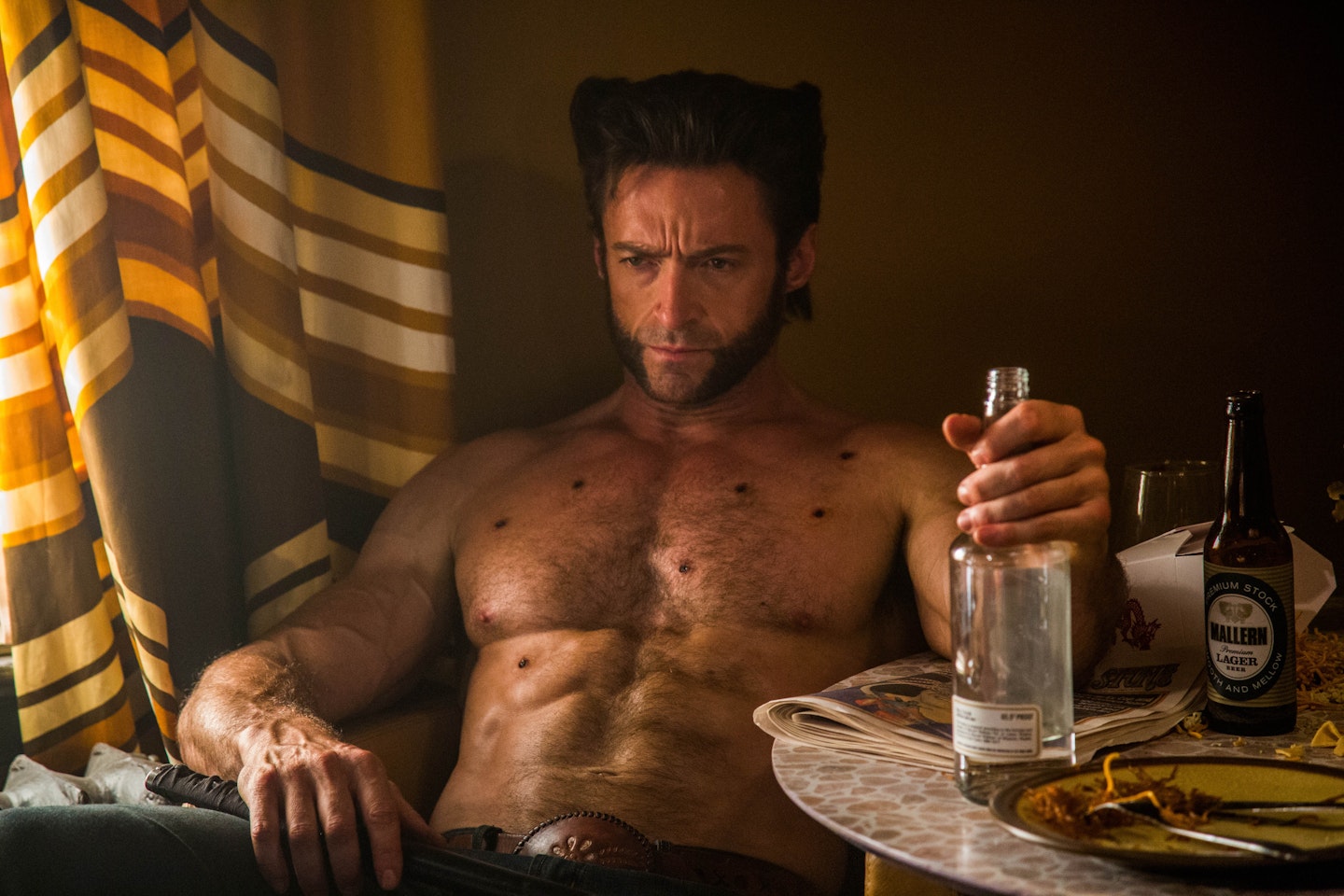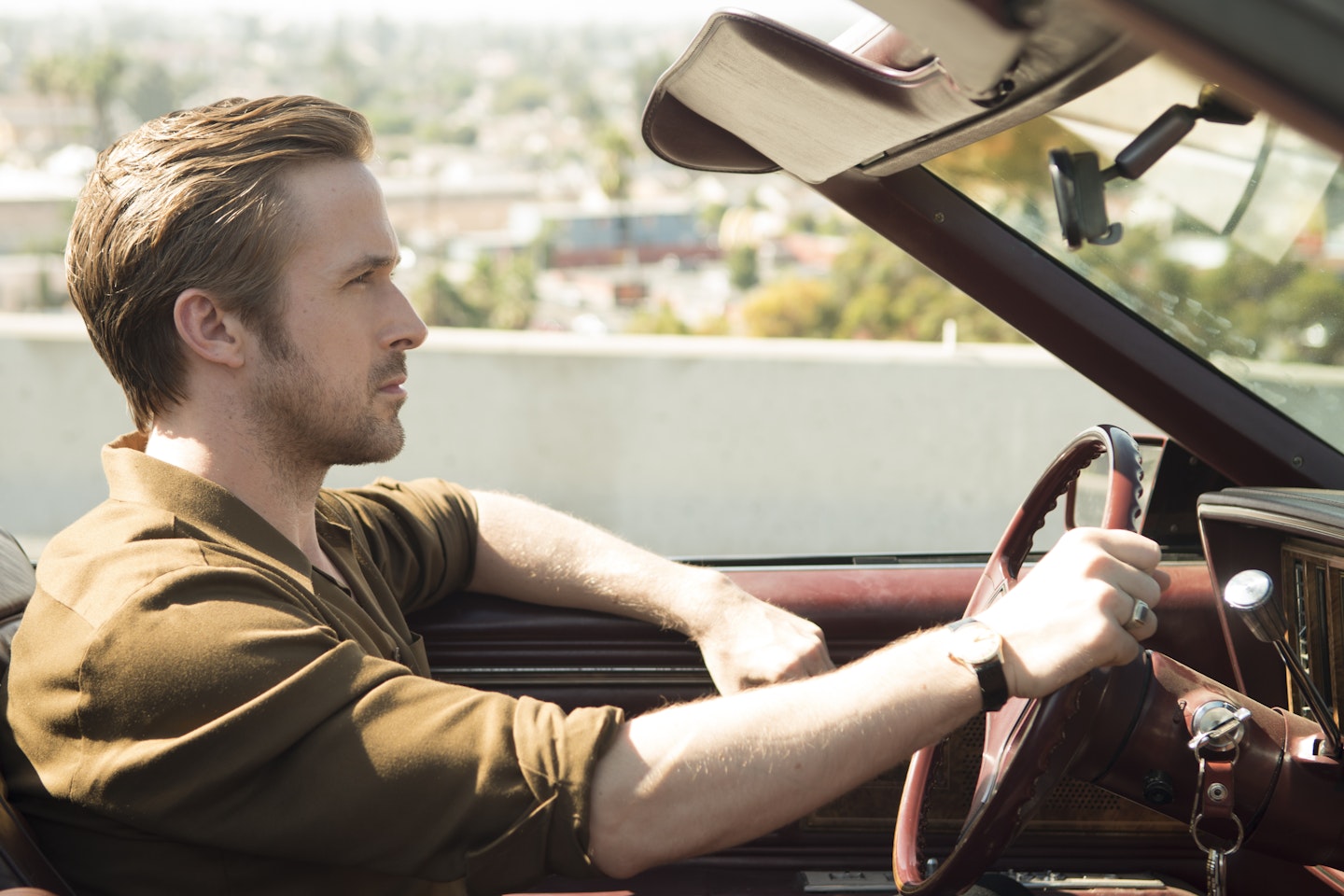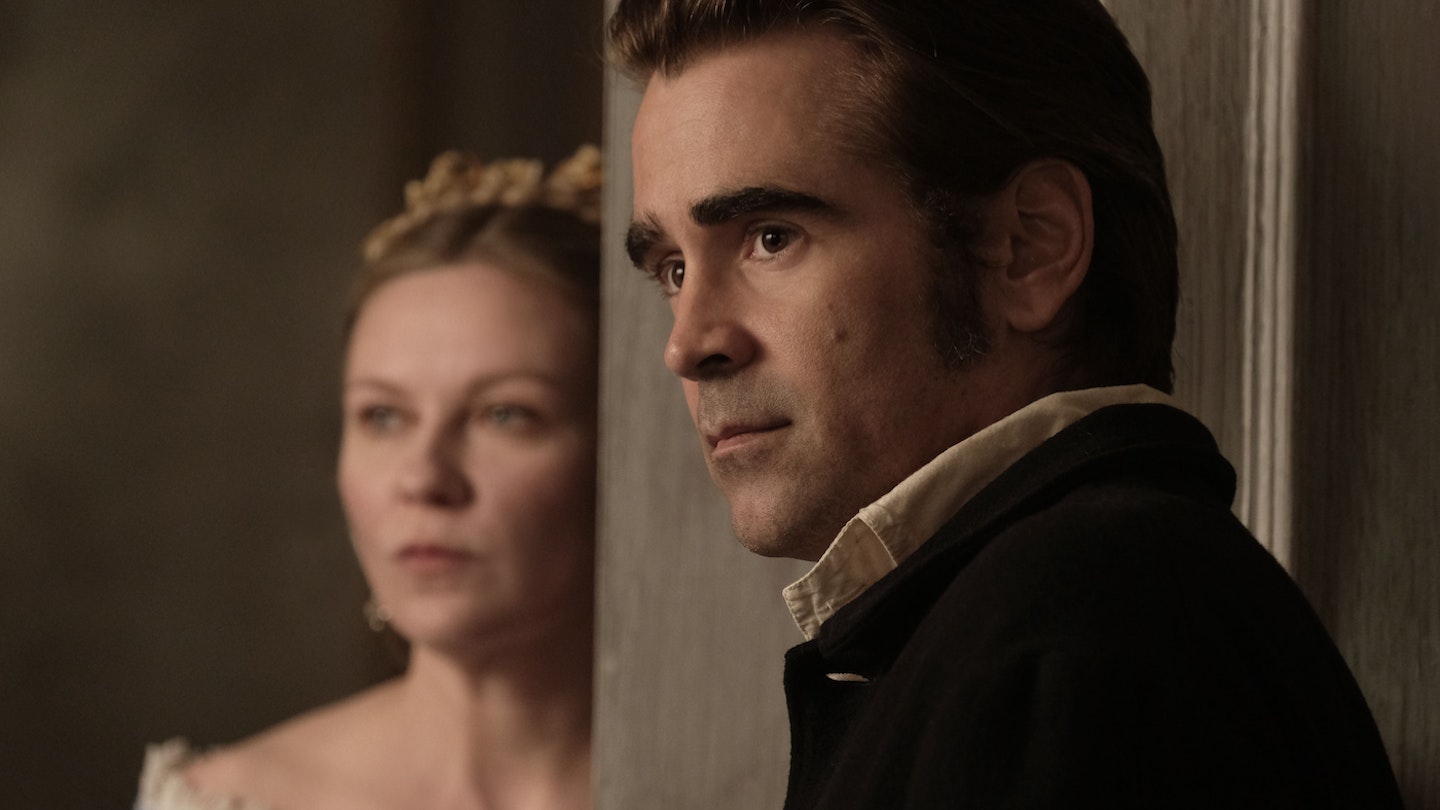Good news, everyone. This week’s The Beguiled – the latest film from Sofia Coppola – is a chilling psychosexual drama, a blackly funny comedy and one of Nicole Kidman’s finest performances (which is saying a lot). But it also gives its male lead, Colin Farrell, one of his best-looking roles in years. And it’s a reminder that cinema is changing, as the traditional “male gaze” is bolstered by a female gaze, and the need to appeal to women as well as men.
Male-what-now? Well, here’s a quick bit of cinema theory. In 1975, a feminist critic called Laura Mulvey coined the phrase “the male gaze” to refer to the way that the arts present women. Too much of our literature, theatre, art and films present women in a way designed to appeal to men – whether because there’s a man behind the camera, or because the spectator is male, or because the other characters in the piece are male.
Whichever way you look at it, for much of art history, the important thing has been how men react to art and not what women think of it. It’s why there are vastly more female nudes in great art museums than males. It’s why Salma Hayek does a strip tease with a snake in From Dusk Till Dawn, and Cameron Diaz shimmies in a red skintight dress in The Mask. It’s why the movie 300 is described as “homoerotic” because it’s full of naked men (none of them openly gay, by the way), whereas Mulholland Drive or Bound are often described as “erotic” despite having actual lesbians in them. The assumption behind both descriptions is that the only people we’re trying to turn on here are men. It’s why we get images in films like this...

But now that women make up 51% of the US cinemagoing audience, and an increasing percentage in most other countries, filmmakers are realising that they can’t keep designing their films just to make women look sexy for men. They have to give female viewers (or perhaps more accurately man-fanciers of all genders) some eye-candy too. And some of the most successful at providing what women want are straight women, or at least men who actually ask such women what they want.
To go back to The Beguiled for a minute, Sofia Coppola had to find a man who would seem super-desirable to women. The story is set during the American Civil War, and has Farrell’s John McBurney, a gallant but wounded Union soldier, reluctantly taken in by the all-female community of a tiny girls’ school on the edge of the fighting. In this hothouse atmosphere, the reserved headmistress (Nicole Kidman), her only teaching staff (Kirsten Dunst) and the five remaining pupils (Elle Fanning, Angourie Rice, Oona Laurence, Emma Howard, Addison Riecke) are all enchanted by the charming stranger. But things don’t quite go to anyone’s plan. 'I have a penis. Treachery and hilarity ensue,' is how Farrell summed up the rest at his Cannes Film Festival press conference.
But for that web of lust and betrayal to convince, McBurney has to be believably attractive to women across a 40 year age spectrum – and Farrell really is, with a vampiric, mesmeric effect on the sheltered women. He’s an outrageously handsome man to begin with, of course, but the way he’s lit and shot here makes him look dreamier than ever. And some of that must be down to the fact that he was directed by Coppola, a straight woman who has a better idea than most (straight, male) directors of what women want to see.

More actors should probably take note: if you want to become a heartthrob, you might have a better chance in a film directed by a woman. Ralph Fiennes has rarely looked sexier than he did as a sweaty futuristic private detective in Kathryn Bigelow’s Strange Days (any of you who said “But Voldemort!”, hang your heads in shame). And Point Break launched a million crushes on Keanu Reeves, Patrick Swayze or both, because Bigelow knew what worked there too. Both Twilight and 50 Shades Of Grey launched their romantic leads via a female director, because they were well placed to recapture the same rush that fans got from the books. And it’s no accident that Chris Pine’s Steve Trevor stripped off in Wonder Woman rather than its female lead; director Patty Jenkins felt no obligation to offer her male viewers extra titillation.
You don’t have to have a female director, of course: you just have a man who thinks beyond his own interests and caters to female viewers, perhaps in consultation with female colleagues. The Marvel films haven’t had any female directors yet, but are notable for generally including a totally gratuitous topless scene for their leading men called Chris. Hugh Jackman and Matthew McConaughey have dedicated most of their careers to taking their shirts off at least once a movie, and have won legions of female fans along the way. Once you’ve done all the pull-ups, you might as well show it off – and to whichever lawyer inserted that semi-nudity clause in their contracts (we assume there must be one?), thank you.

Also flying the topless flag, and becoming the modern avatar of the female gaze, is Zac Efron. So preposterously handsome he’s almost back out the other side into homely, Efron’s extreme good looks have been a punchline through his recent career, particularly Baywatch and, more successfully, in Bad Neighbours.
Despite all these perfectly sculpted torsos, it’s not just about nudity. To talk in wild generalities for a minute, women tend to be less obsessed with seeing entirely naked people as men are. In fact, we quite like men in clothes, from the gorgeous suits of the Ocean’s films to the impeccable tailoring of Ryan Gosling’s, well, everything in La La Land. Casual’s fine too: consider Jackman’s henleys in Australia, or Henry Cavill’s workman shirts in Man Of Steel, or Rick O’Connell’s rumpled shirts in The Mummy (1999 flavour). If the male gaze presents women as sexy and wild about men, the female gaze tends to depict men in a romanticised way: devoted, wildly sexy but not sex-obsessed, strong but not domineering.

It’s important to remember that neither the male nor the female gaze is bad or wrong. One of the great pleasures of visual art is oogling people more beautiful than ourselves; that’s one reason we go to the cinema or watch TV. There have always been heartthrobs, and will be for as long as cinema endures. But the change we’re seeing these days is a move towards equality of ogling and being ogled and it is – honestly – a positive step. If male filmmakers and actors think about what it takes to please women, they’re already moving past old-fashioned misogyny towards a greater understanding and respect. If female filmmakers are valued for their ability to make films that satisfy female desires, that’s another reason to hire them in the cut-throat world of Hollywood. And if we get to the point where male beauty is as important as female beauty, maybe we’ll realise that the whole thing is a con and just focus on what’s inside instead (OK, that may still be a long way off). But in the meantime, ogle away, and tell anyone who asks that you’re just trying to practice equal-opportunity objectification and respect these actors’ efforts.
READ MORE: 7 Films To Watch This Summer If Superheroes Aren't Your Thing
